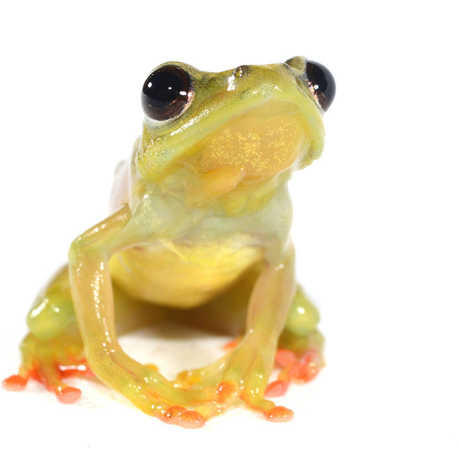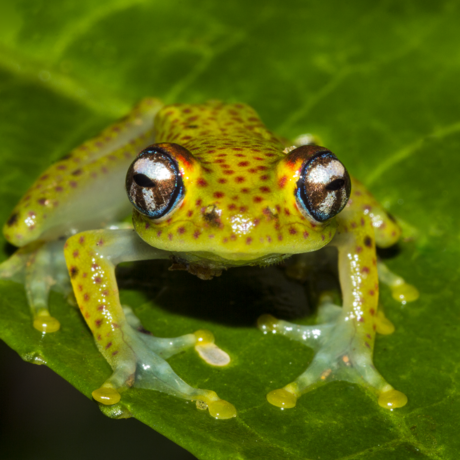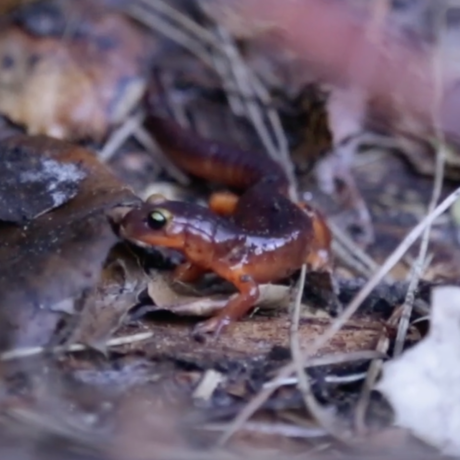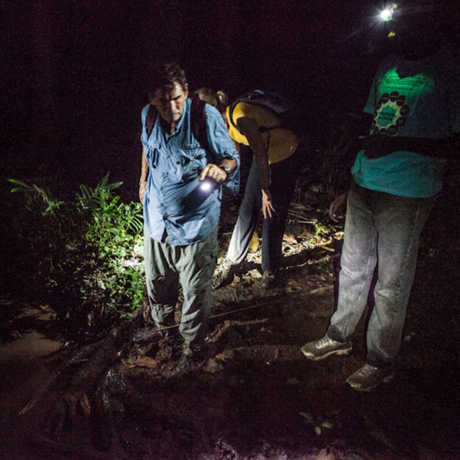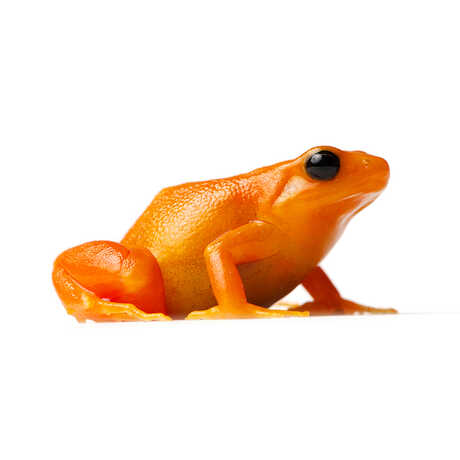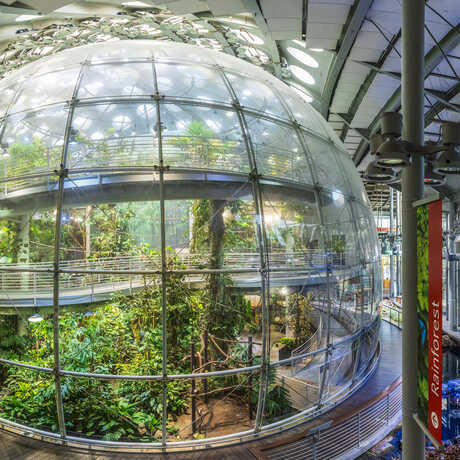Scientific Expeditions
Cameroon Amphibian Survey
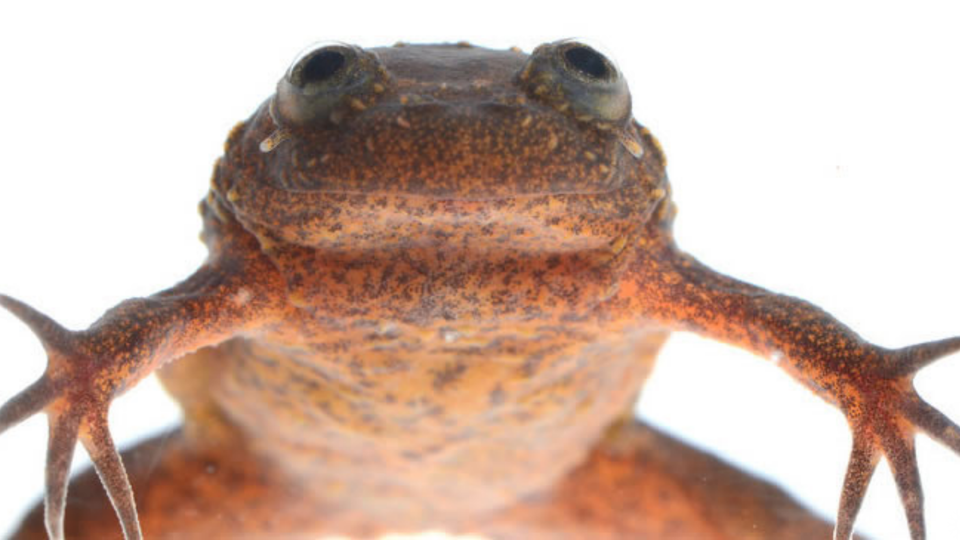
Central Africa represents a region of exceptional biodiversity, but not enough is yet known about the origins of—and threats to—its species richness. With amphibian populations declining in this area and around the world, Academy researchers in Cameroon are cataloging specimens, recording frog calls, and collecting tissue samples in an effort to learn more about amphibian diversity and evolution—and to better protect those found in Central Africa.
The Team
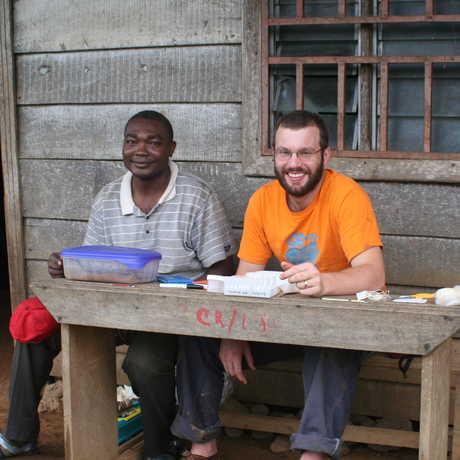
Academy Fellow David Blackburn, now Associate Curator of Herpetology in the Florida Museum of Natural History at the University of Florida, headed the Academy’s Cameroon expeditions, regularly joined by biologist Brian Freiermuth, as well as participating researchers from outside institutions (including Vance Vrendenburg, a chytrid fungus expert from San Francisco State University, and Aaron Bauer, a biology professor at Villanova University). Graduate students Marcel Talla Kouete, Greg Jongsma, Dan Portik, and Becca Tarvin have also joined the expedition to conduct separate research on amphibians in the area.
During the past 10 years, Blackburn's fieldwork has received additional support from the Museum of Comparative Zoology at Harvard and the National Science Foundation.
Informing Better Protections for Africa's Amphibians
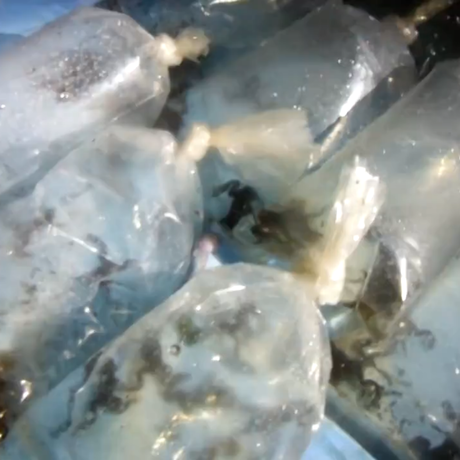
Researchers working in Cameroon are striving to better understand the diversity, distribution, and evolution of amphibians, including their phenotypes, life histories, genetic variation, and more—all in an effort to inform future conservation efforts. The adult frogs, tadpoles, and eggs collected by Blackburn and Freiermuth find new homes in Academy collections and exhibits, where researchers can study both living and scientific specimens to gain a better understanding of frog morphology and life cycles. Researchers also collect genetic data to determine species ranges and possible barriers to the flow of genes across populations.
Additional research has included work by Kouete, a Cameroonian grad student who seeks to learn more about the life history and land use of caecilians, an order of amphibians that physically resemble earthworms. Bauer and his students have also studied lizard diversity to better understand how global warming affects lizard physiology and distribution patterns.
Battling Chytrid Fungus
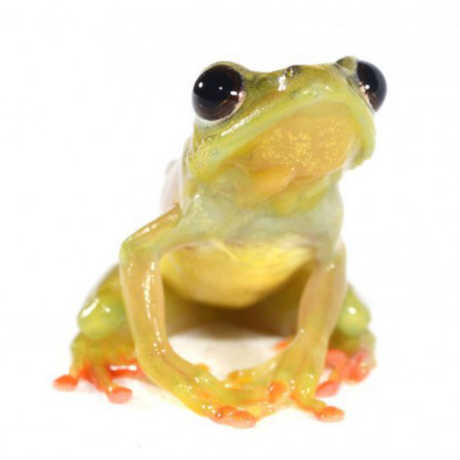
A frog’s skin is a hugely important organ—many species use it both to breathe and to "drink" water. The spread of chytrid, a fungus that infects the skin of amphibians, is decimating frog populations around the world.
To learn more about chytrid fungis and why some frog species are more resistant to the disease than others, Blackburn and his team collect skin swabs and samples. They want to understand not just how the disease works, but whether certain microbes could be helping some species to combat the disease.
Training Future Herpetologists
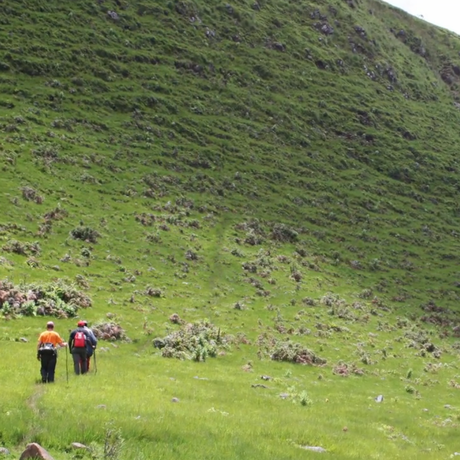
In addition to collecting and studying frogs, Blackburn also works to train future herpetologists and environmental stewards. Among other efforts, he convened a training session focused on biodiversity for African students and conservationists at the 17th African Amphibian Working Group meeting, offering an excellent opportunity for aspiring researchers to learn the skills necessary for conducting amphibian- and reptile-related fieldwork.
The Academy's Herpetology collection of amphibians and reptiles is one of the 10 largest in the world, containing more than 309,000 cataloged specimens from 175 countries. Learn more about the department's staff, research, and expeditions.
